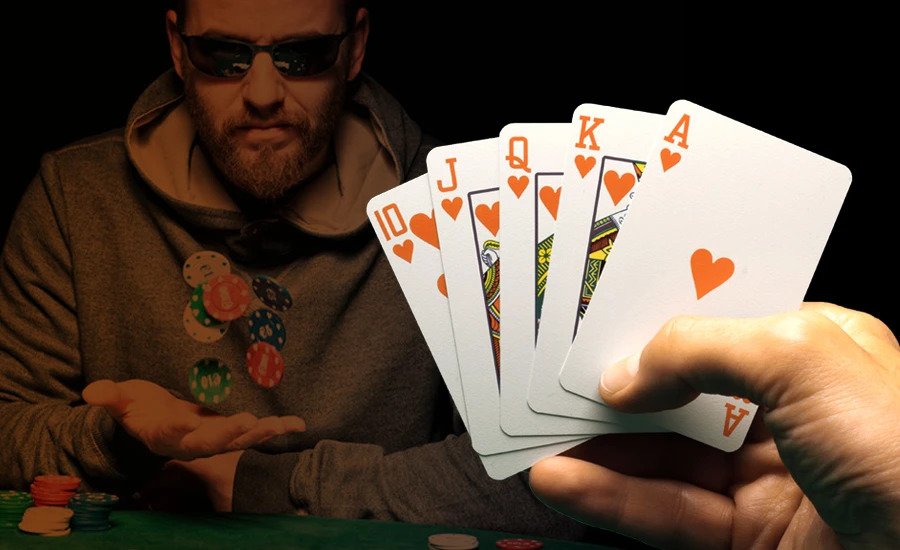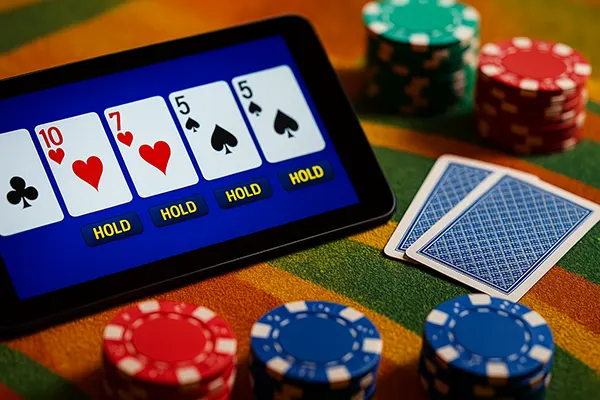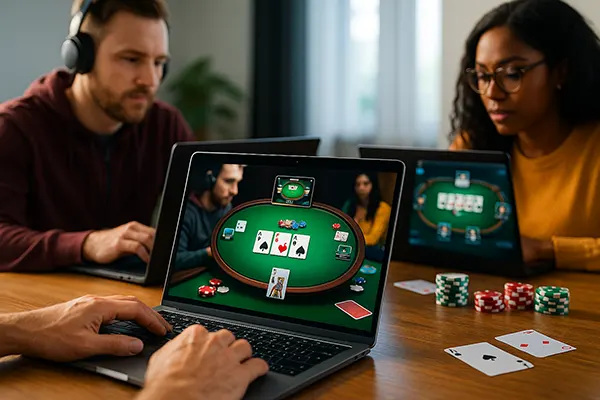
Efficient bluff-catch algorithm on the river
Another common name for river bluff catching is hero calling. This is when you have a marginal hand that can only beat a bluff and you call believing your opponent is really bluffing. Let’s look at a variety of situations and scenarios, and try to understand when to think about bluff-catch.
Bluff catcher
Let’s imagine a situation where the position is marked on the river with a weak top pair, and Villain bets 3 big barrels. On the one hand, it feels like losing most of the time, but on the other hand, the opponent may be bluffing, in which case the hand is good.
As with most poker situations, there is a theoretically correct decision, and there is a decision that needs to be made in practice, based on information about exploitation or population reads.
Bluff Catchers – Exploitation
We have a bluff catcher, which basically means that the only time the pot has been won is when our opponent is bluffing. It would be logical to conclude that the only thing a player cares about when exploiting is the frequency of his opponents’ bluffs.
Everything will depend on the size of the bet and, therefore, on the odds of the pot. Thus, if Villain bets 60% of the pot on the river and the player calls, he will invest roughly 27% of the pot. This means that a player can call if he wins more than 27% of the time. Since he will determine that he only wins when his opponent bluffs, he needs to be bluffing more than 27% of the time.

Exploitation – statistics and reading
Right now, unfortunately, there is no easy way to know if an opponent is bluffing without advanced tools. You can check his flop/turn/river c-bet frequencies to see if they are high. You can also see if his Afq is over 30% on the river. The problem is that these methods are unreliable and can be misleading. There are two best ways to collect this information.
First, through manual notes. If Villain barrels three times and shows up with a bluff, this is something to write down because it can help a lot in the future. It is possible to keep a score in notes that will eventually show the ratio of opponents’ bluffs to value when there is enough sampling.
It is best to use modern technologies such as Notecaddy. Notecaddy stats are more flexible than HM2 stats. HM2 stats can only calculate certain stats from the actions an opponent takes (such as how often he folds the river), but cannot determine some stats from the hands that an opponent shows up with (like how often he shows with a bluff given that he shot on the river).
With Notecaddy, you can create your own stats that explicitly tell you how often an opponent shows up with a bluff on the river after he has bet 3 barrels. Bluff decisions have never been easier. You need to weigh your opponents’ bluffing frequency with the pot odds you get and decide whether to call or fold depending on the price.
The downside of this method is that it doesn’t necessarily take into account opponents’ bet sizes (unless you create even more advanced Notecaddy stats, which is possible). However, Notecaddy has a useful tool for this in the form of Caddyscatter. This scatter plot will compare opponents’ bet sizes on the river with the strength of his hand. For example, perhaps Villain overbets on the river. You can check all of his previous overbets.



